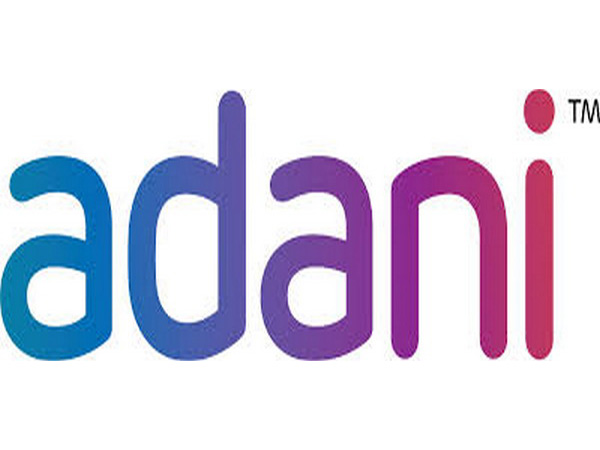New Delhi [India], April 25 (ANI): Extreme poverty (living on less than USD 2.15 per day) fell from 16.2 percent in 2011-12 to 2.3 percent in 2022-23, lifting 171 million people in India above this line, according to a report by World Bank.
This in a way is an endorsement of Prime Minister Narendra Modi’s poverty reduction claims.
Over the past decade, India has significantly reduced poverty.
According to the Poverty & Equity Brief report of World Bank released earlier this week, rural extreme poverty dropped from 18.4 percent to 2.8 percent, and urban from 10.7 percent to 1.1 percent, narrowing the rural-urban gap from 7.7 to 1.7 percentage points–a 16 percent annual decline.
Meanwhile, India also transitioned into the lower-middle-income category.
Using the USD 3.65 per day lower-middle income category poverty line, poverty fell from 61.8 percent to 28.1 percent, lifting 378 million people out of poverty.
Rural poverty dropped from 69 percent to 32.5 percent, and urban poverty from 43.5 percent to 17.2 percent, reducing the rural-urban gap from 25 to 15 percentage points with a 7 percent annual decline.
The five most populous states–Uttar Pradesh, Maharashtra, Bihar, West Bengal, and Madhya Pradesh–accounted for 65 percent of the country’s extreme poor in 2011-12 and contributed to two-thirds of the overall decline in extreme poverty by 2022-23.
Nevertheless, these states still accounted for 54 percent of India’s extremely poor (2022-23) and 51 percent of the multi-dimensionally poor (2019-21).
As measured by the multidimensional poverty index (MPI), non-monetary poverty declined from 53.8 percent in 2005-06 to 16.4 percent by 2019-21. The World Bank’s Multidimensional Poverty Measure is at 15.5 percent in 2022-23.
According to the World Bank report, the employment growth has outpaced the working-age population since 2021-22.
Employment rates, especially among women, are rising, and urban unemployment fell to 6.6 percent in Q1 2024-25, the lowest since 2017-18.
“Recent data indicates a shift of male workers from rural to urban areas for the first time since 2018-19, while rural female employment in agriculture has grown. Challenges persist: youth unemployment is 13.3 percent, increasing to 29 percent among tertiary education graduates. Only 23 percent of non-farm paid jobs are formal, and most agricultural employment remains informal,” the World Bank report read.
“Self-employment is rising, especially among rural workers and women. Despite a female employment rate of 31 percent, gender disparities remain, with 234 million more men in paid work,” it added. (ANI)
Disclaimer: This story is auto-generated from a syndicated feed of ANI; only the image & headline may have been reworked by News Services Division of World News Network Inc Ltd and Palghar News and Pune News and World News
HINDI, MARATHI, GUJARATI, TAMIL, TELUGU, BENGALI, KANNADA, ORIYA, PUNJABI, URDU, MALAYALAM
For more details and packages




















